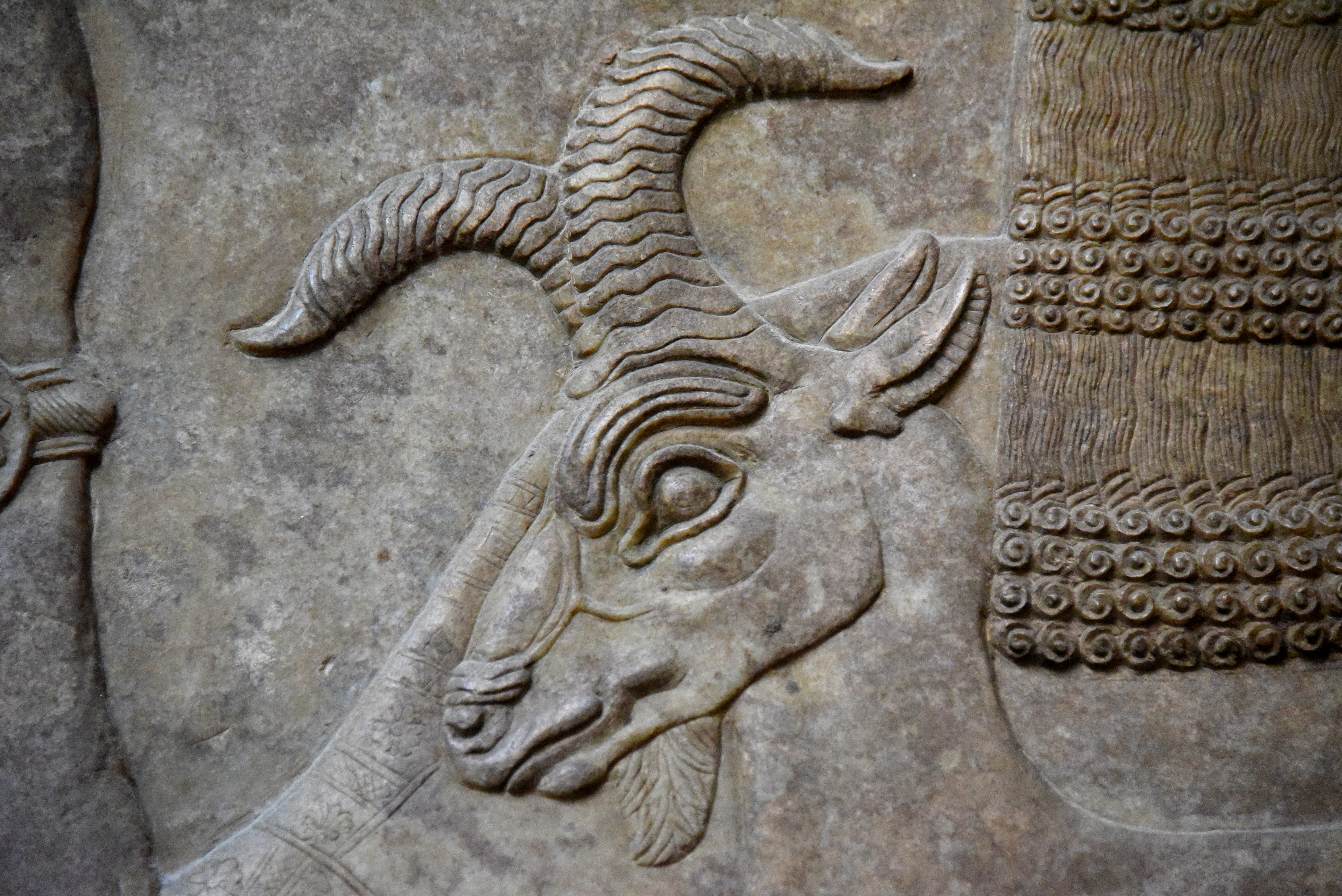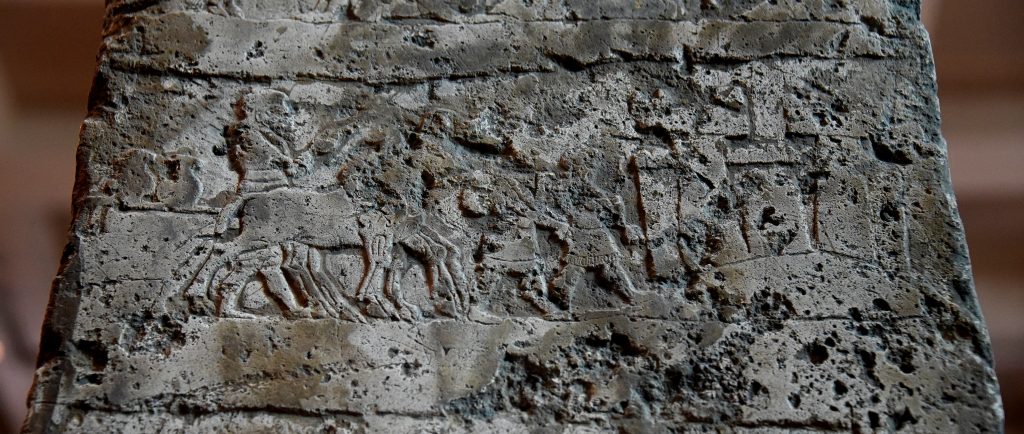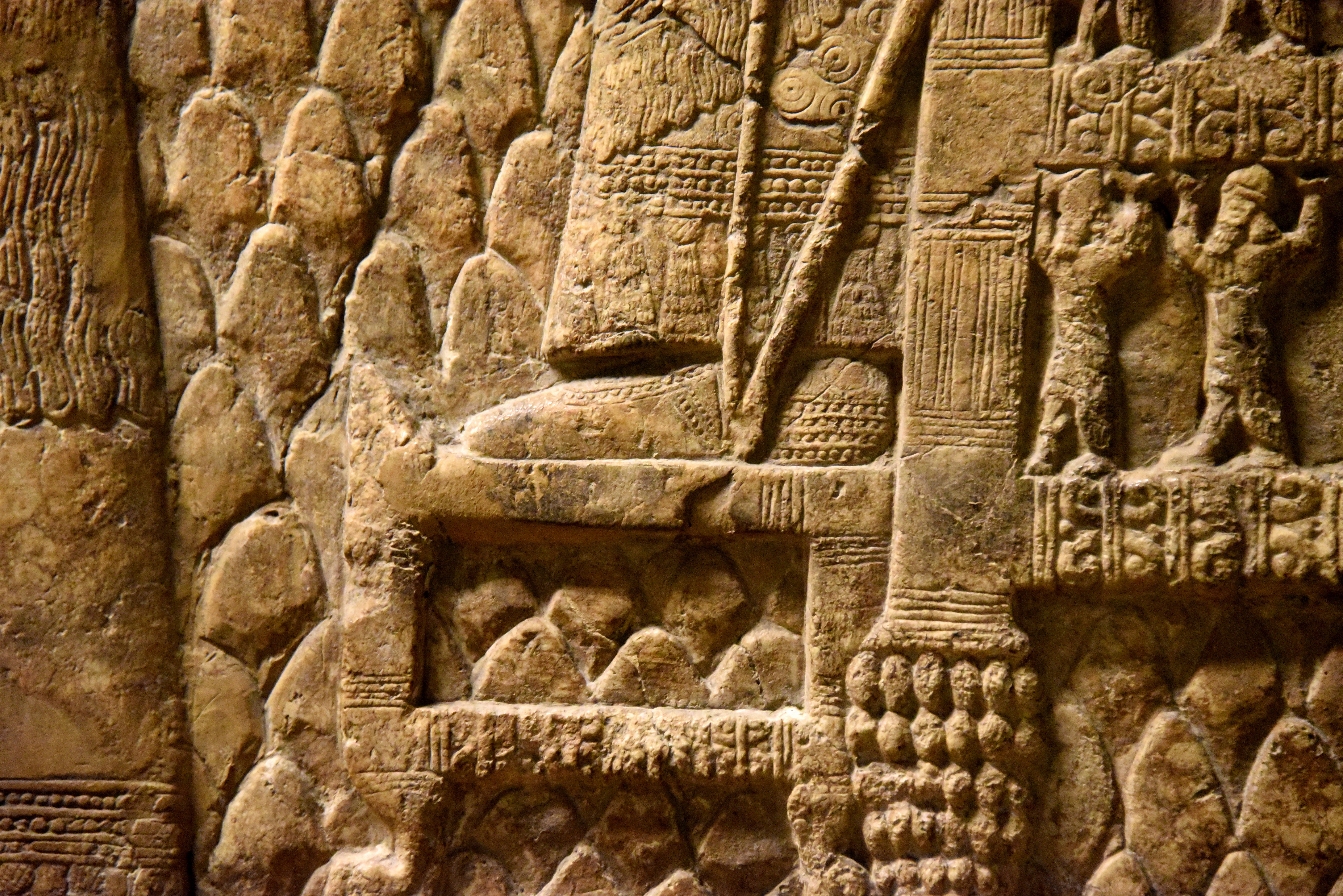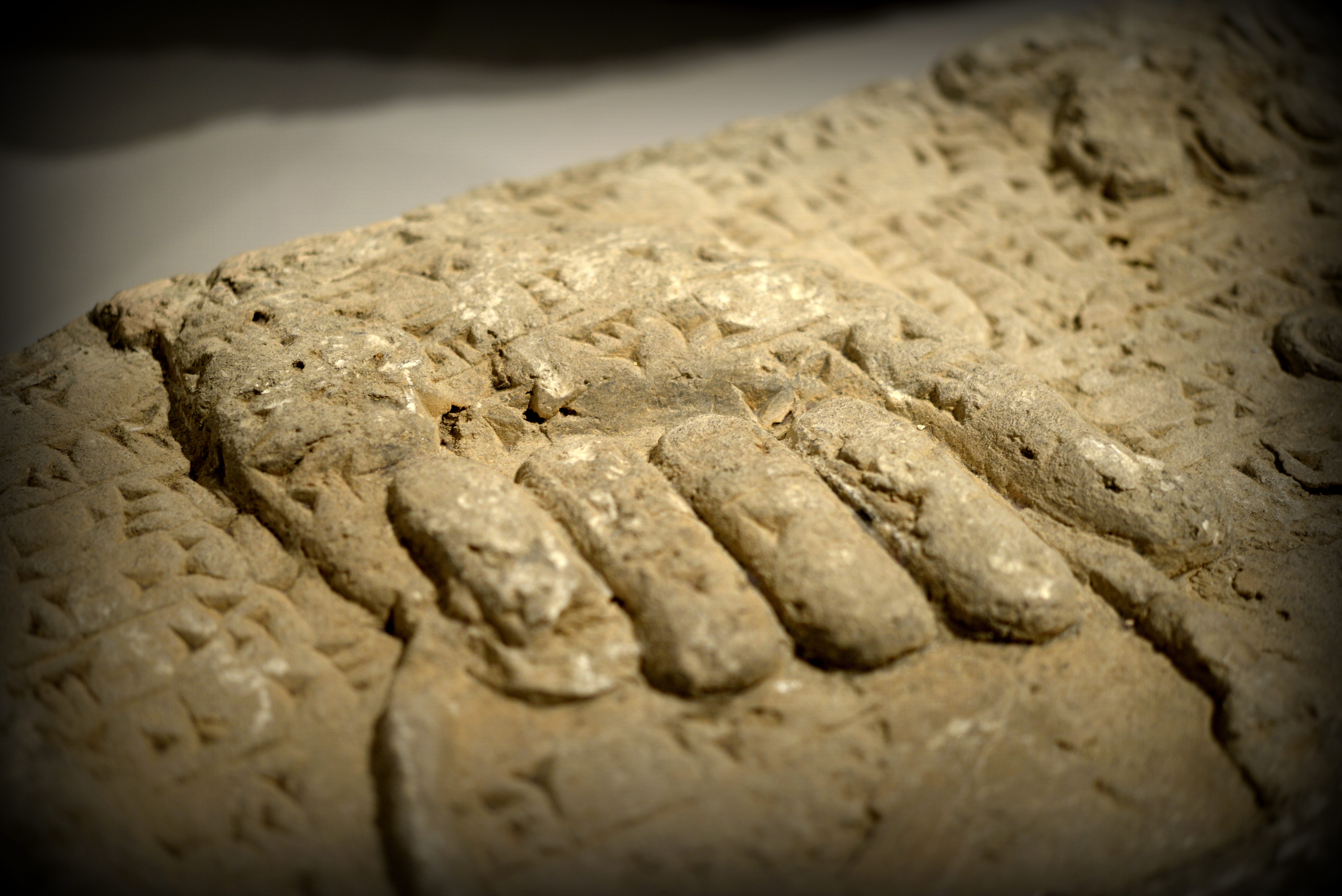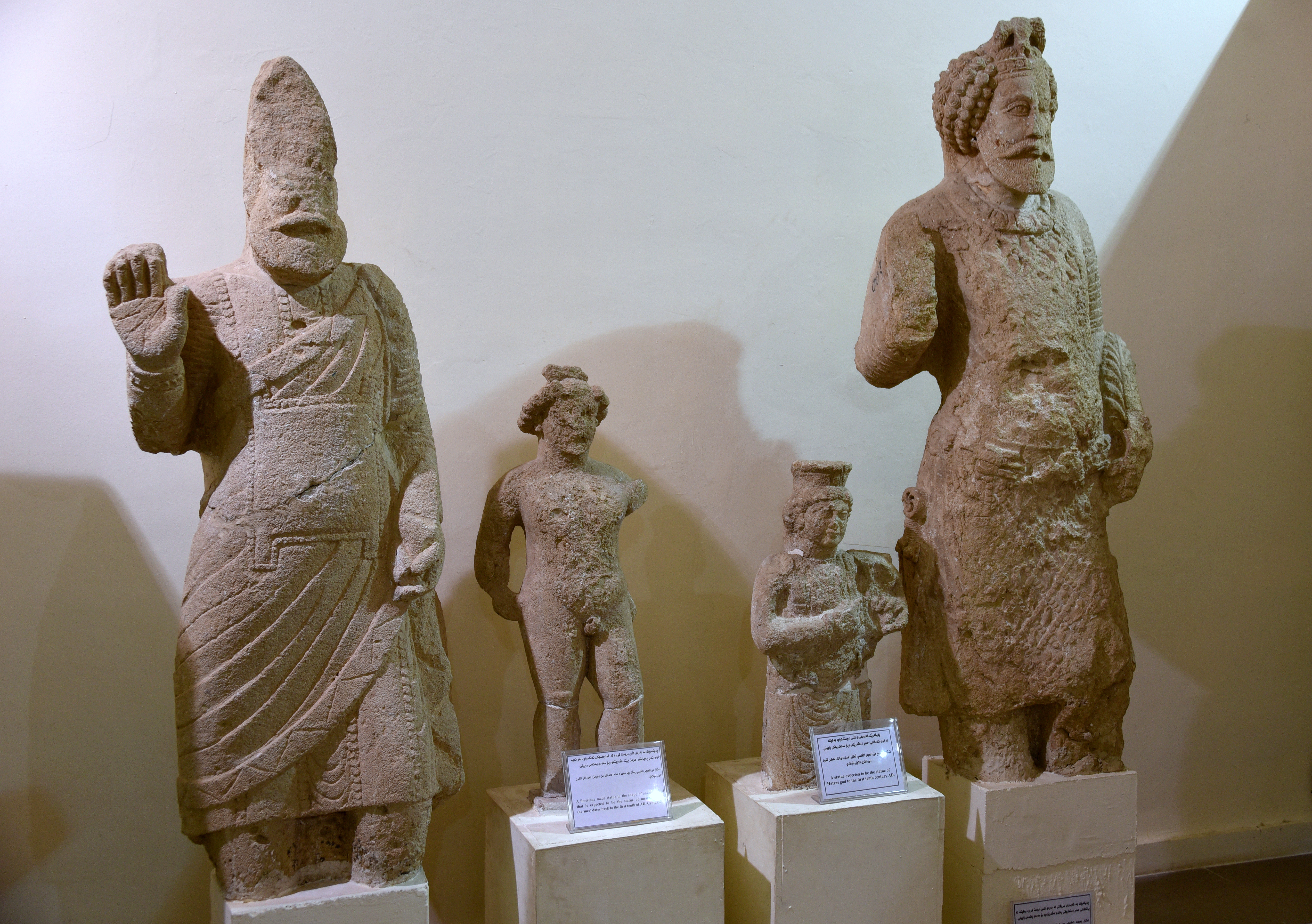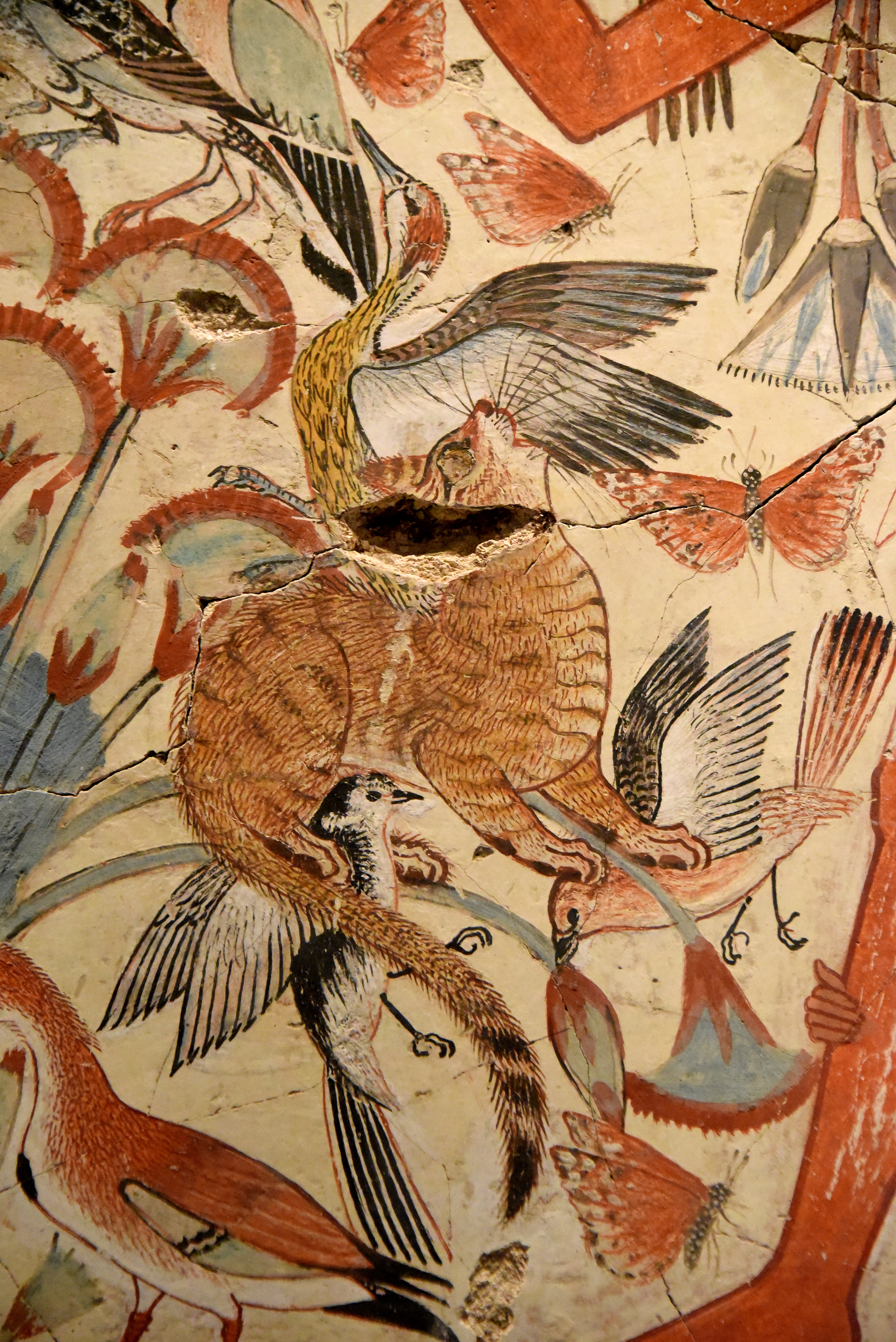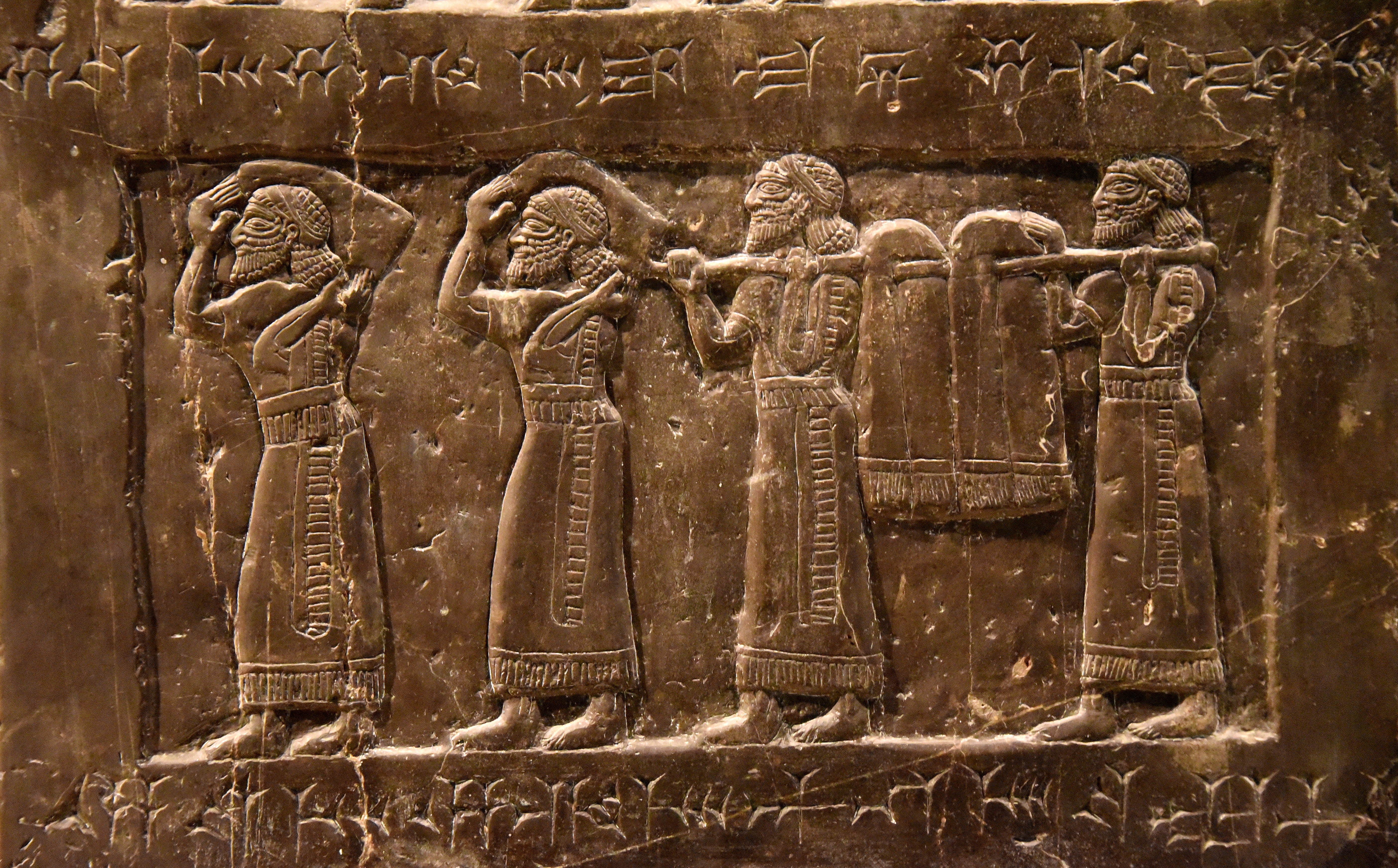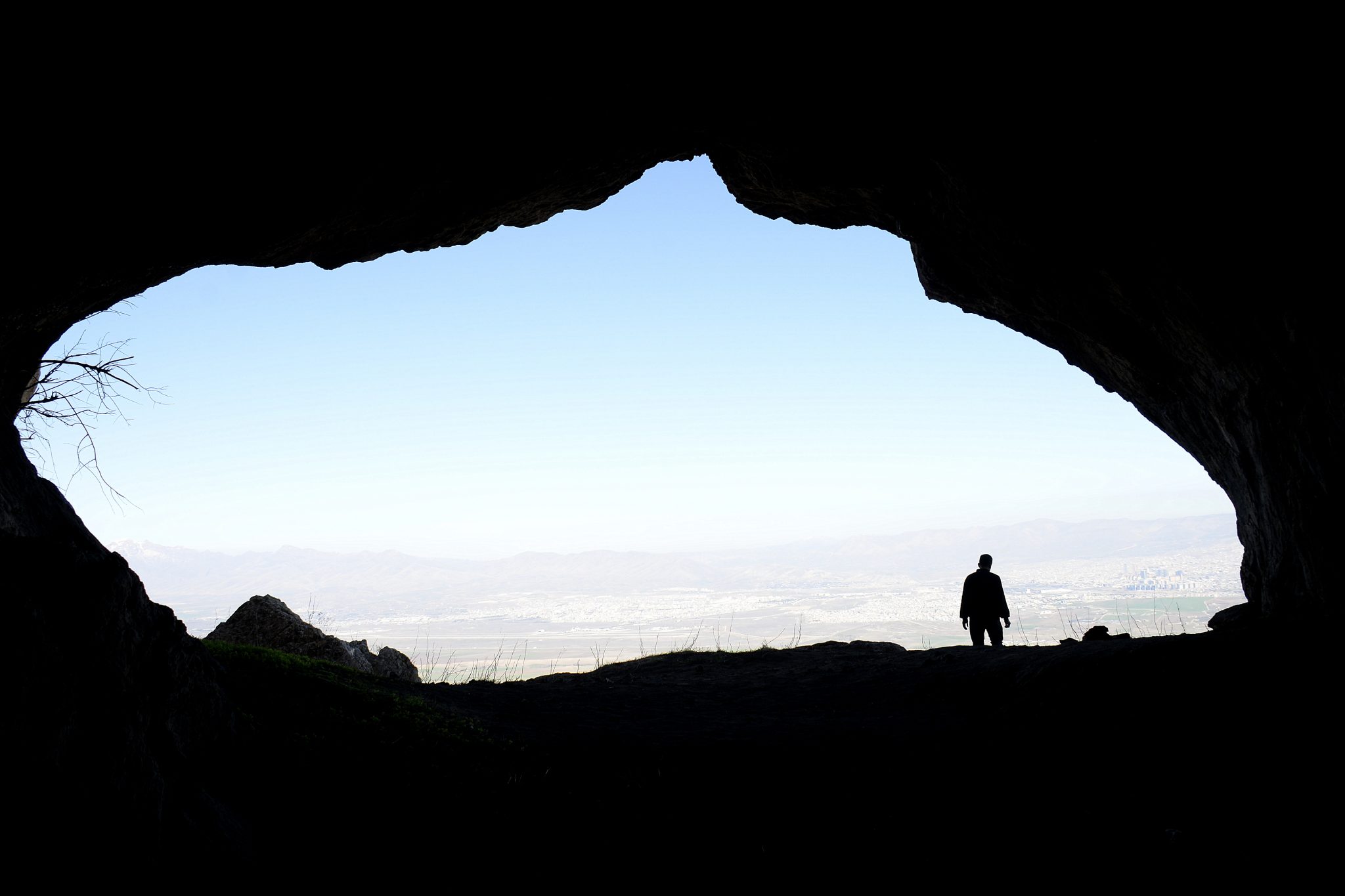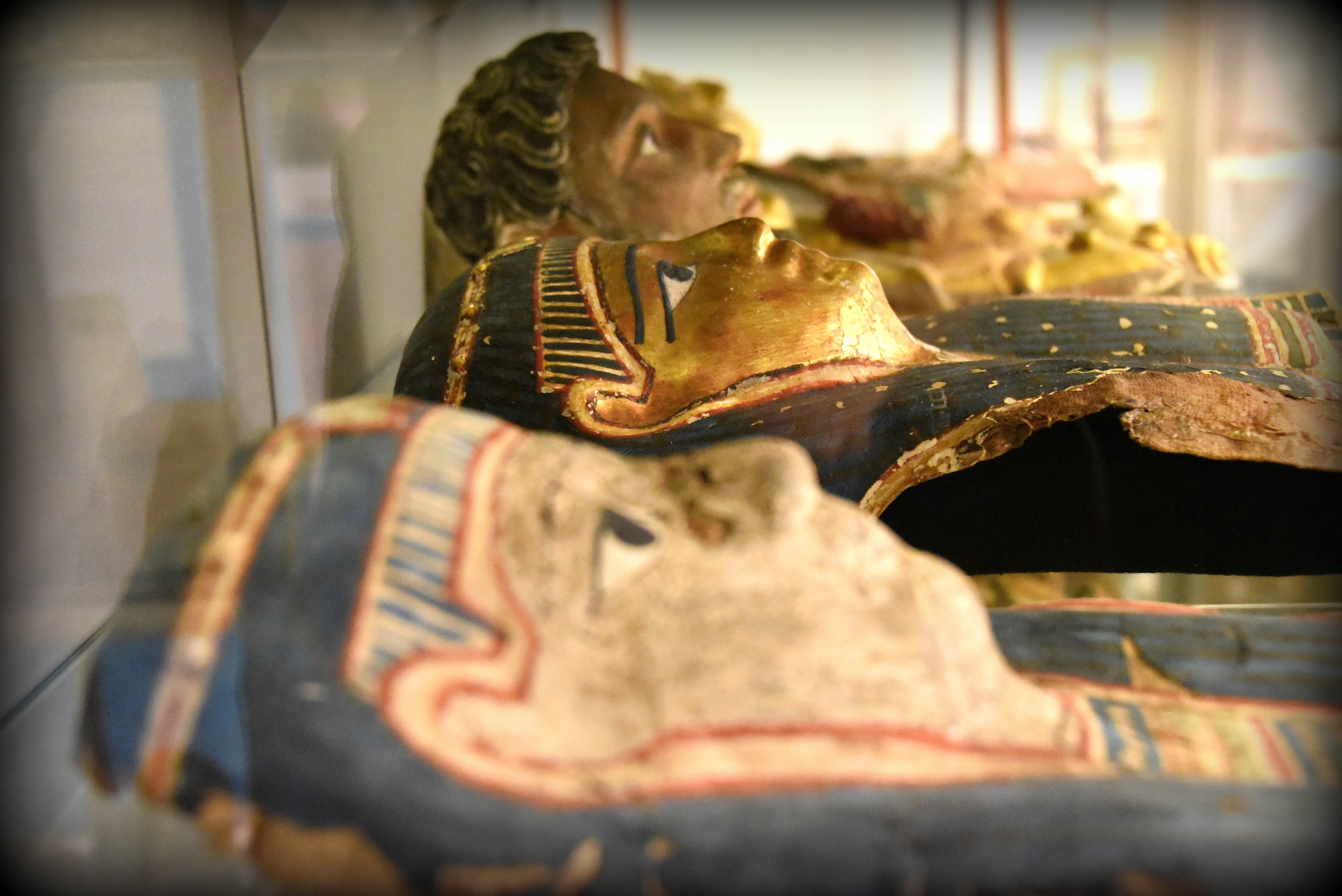Wall Reliefs: Ashurnasirpal II at the North-West Palace
“(Property of) the palace of Assurnasirpal (II), vice-regent of Assur, chosen of Enlil and Ninurta, beloved of Anu and Dagan, destructive weapon of the great gods, strong king, king of the universe, king of Assyria, son of Tukulti-Ninurta (II), great king, strong king, king of the universe,…” This is how Ashurnasirpal II, a harsh king, described himself at the beginning of his “Standard Inscription”, which was carved horizontally onto the North-West Palace’s wall reliefs at Nimrud. A real terror of the Middle East, Ashurnasirpal II decisively crushed any revolt, massacred defeated rebels, and even burned children and women after an uprising; heartless and merciless!

